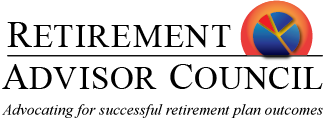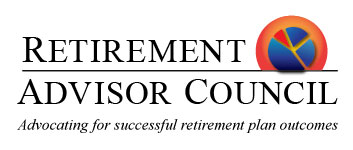
In late 2005, I was asked to lead an effort to deliver products and services to people transitioning into retirement. Every single area of my firm-and pretty much the entire financial services industry-was hyperventilating about this opportunity, fortified by a steady diet of news items about the 10,000 Baby Boomers retiring each day.
The Evolving Retirement Landscape
We created exhaustive educational programs and sophisticated interactive tools to help pre-retirees and their advisors gear up for the daunting task of creating lifetime income plans, and we developed investments designed to assist in the effort. But by 2008, our collective attention was diverted by the global financial crisis, and many of the industry's products and services created up to that point were folded.
Thirteen years later, the topic of retirement income is trending again, and this time it feels like it's got legs. Some 63% of 401(k) plan assets are owned by participants in their 50s and 60s.[1] That's causing plan sponsors to re-think their reluctance to encourage retirees to remain in their plans, as they consider the impact of the potential exodus of more than half of their plan's assets on plan fees. This, in turn, is pressuring recordkeepers to enhance their systems to allow for more flexible payout options. Having long served as retirement asset accumulation vehicles, 401(k) plans may need to evolve to be more accommodating for those transitioning into retirement. Given this backdrop, how should consultants to 401(k) plans respond to the potential movement of accumulated plan assets from 401(k) plans?
Set Your Plan Up for Flexibility
Begin by talking with plan sponsor clients about their attitudes toward participants remaining in the plan post-retirement. Paternalistic plan sponsors, perhaps protective and concerned about the future well-being of their employees, may encourage them to stay in the plan and avail themselves of the institutional pricing and fiduciary investment oversight. Others will be concerned about the potential liability and complexity associated with having participants with balances who are no longer employees. In either case, the plan sponsor should be aware of how the plan's recordkeeping and administration fees might change if many large-balance retirees opt to take a distribution at retirement.
Next, consider the capabilities and functionality of the plan's recordkeeper. How often may a participant take withdrawals from the plan? Are there fees associated with these distributions? Can the participant direct the funds from which the distributions are made? Some recordkeepers began to address distribution flexibility when the Department of Labor signaled its concerns about plan distributions within the now-vacated Fiduciary Advice Rule, and I would expect more progress to come. You'll also need to ensure that plan documents reflect the plan's objectives for the types of distributions that are permitted.
Focus on Income Generation Potential
Review the plan's investment lineup with an eye toward income generation. Does the menu provide a sufficient mix of options needed to allow retirees to generate income? Plans tend to focus on investments that are designed to facilitate growth and accumulation. I believe that now is the time to consider volatility-dampening and income-generating strategies, and managed accounts that include personalized 401(k) plan draw-down strategies.
Finally, think outside the plan. Can you offer targeted education on topics directed at pre-retirees, such as optimal Social Security claiming strategies, or maximizing the potential benefits of a managed account by providing additional personal financial data? The 401(k) plan was conceived as a retirement plan supplement and has matured to be the primary source of retirement savings for many workers. This is an ideal time for retirement plan consultants to help clients tailor their plans to address their retirement income preferences. Click here for more information.
Kathleen Beichert
Head of Retirement and Third Party Distribution,
Oppenheimer Funds
Oppenheimer Funds
These views represent the opinions of OppenheimerFunds Head of Retirement and Third Party Distribution and are not intended as investment advice or to predict or depict the performance of any investment. These views are as of the publication date, and are subject to change based on subsequent developments. Shares of OppenheimerFunds are not deposits or obligations of any bank, are not guaranteed by OppenheimerFunds, are distributed by OppenheimerFunds Distributor, Inc.
225 Liberty Street, New York, NY 10281-1008
© 2018 OppenheimerFunds Distributor, Inc. All rights reserved







































